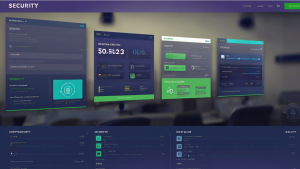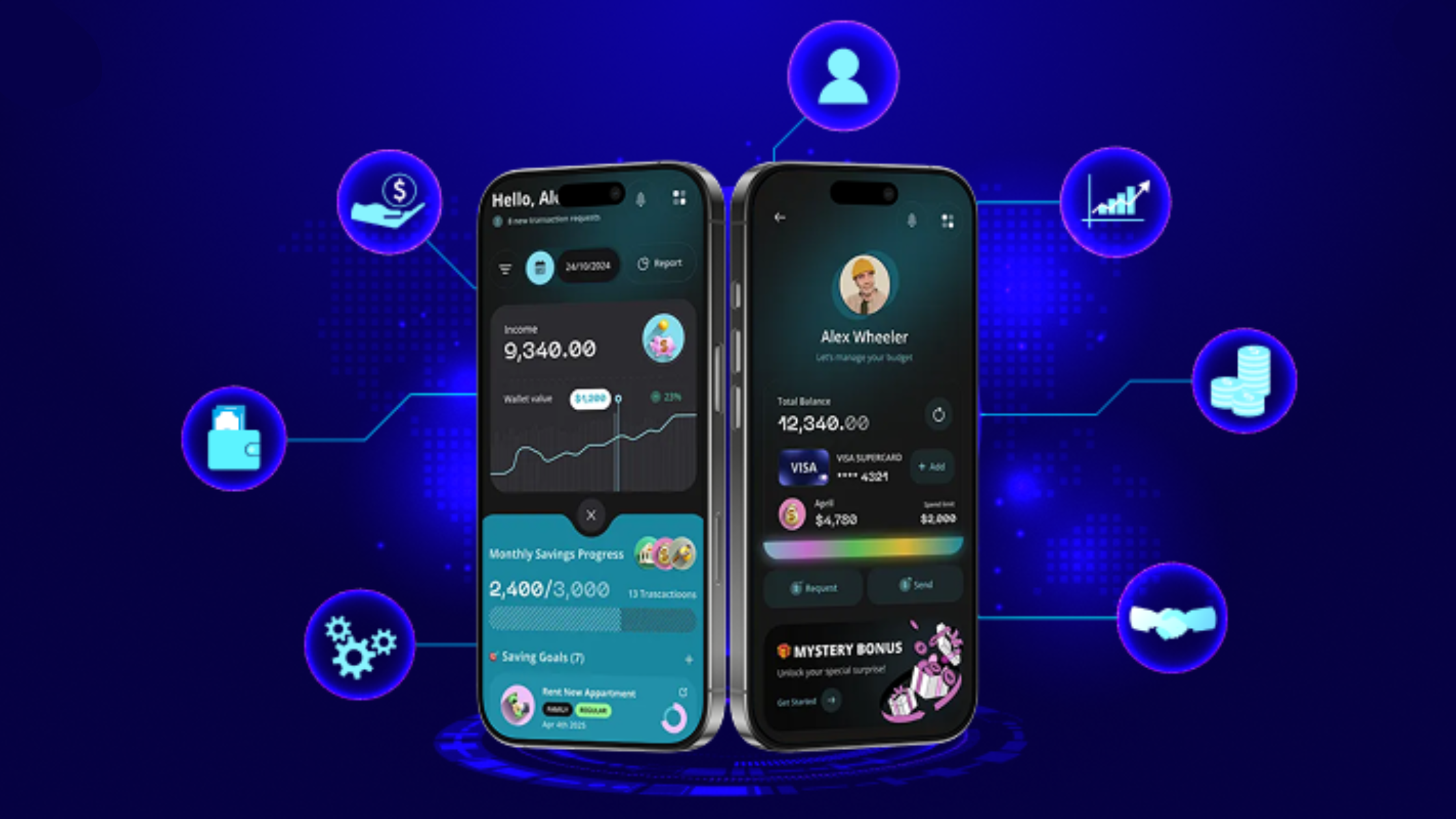Key Takeaways
| Fact | Details |
|---|---|
| Data Breaches | In 2023, over 5 billion records were compromised in data breaches worldwide. |
| Cyber Attacks | Cyber attacks increased by 38% in 2023 compared to the previous year. |
| Cost of Breaches | The average cost of a data breach is now $4.45 million. |
| Phishing Attacks | Over 80% of organizations experienced phishing attacks in 2023. |
Real-World Stats
- The FBI reported over 800,000 cybercrime complaints in 2022, a significant increase from previous years.
- A survey by Cybersecurity Ventures predicts that global cybercrime costs will reach $10.5 trillion annually by 2025.
What is Cybersecurity?
Cybersecurity is the practice of protecting computers, servers, mobile devices, electronic systems, networks, and data from malicious attacks. In simpler terms, it’s like having a security system for your digital life. Just like you lock your doors at home to keep intruders out, cybersecurity helps keep your digital information safe from hackers and other bad actors.
Why Cybersecurity Matters for Digital Products in 2024
As we move into 2024, the importance of cybersecurity continues to grow. Here are some reasons why:
- Increased Digital Transformation: More businesses are moving online, which means more data is being shared and stored digitally.
- Remote Work: With many people working from home, the risk of cyber attacks has increased as employees use personal devices and networks.
- Regulatory Compliance: Governments are implementing stricter regulations regarding data protection, making it essential for businesses to comply to avoid hefty fines.
Cybersecurity Best Practices for Digital Products in 2024
To protect your digital products and the sensitive information they contain, here are some best practices to follow:
1. Implement Strong Password Policies
Why It Matters: Weak passwords are one of the easiest ways for hackers to gain access to your accounts.Best Practices:
- Use passwords that are at least 12 characters long and include a mix of letters, numbers, and symbols.
- Encourage users to change their passwords regularly.
- Implement multi-factor authentication (MFA) whenever possible.
2. Keep Software Up-to-Date
Why It Matters: Outdated software can have security vulnerabilities that hackers can exploit.
Best Practices:
- Regularly update all software, including operating systems and applications.
- Enable automatic updates when possible to ensure you always have the latest security patches.
3. Educate Employees and Users
Why It Matters: Many cyber attacks target individuals through social engineering tactics like phishing.
Best Practices:
- Conduct regular training sessions on recognizing phishing emails and other scams.
- Provide resources on how to report suspicious activity.
4. Use Encryption
Why It Matters: Encryption protects sensitive data by converting it into a code that can only be accessed with a specific key.
Best Practices:
- Encrypt sensitive data both in transit (when it’s being sent) and at rest (when it’s stored).
- Use secure protocols like HTTPS for web applications.
5. Regularly Back Up Data
Why It Matters: In case of a cyber attack or data loss, having backups ensures you can recover important information.
Best Practices:
- Schedule regular backups of all critical data.
- Store backups in multiple locations (e.g., cloud storage and physical drives).
6. Monitor Network Activity
Why It Matters: Keeping an eye on network activity helps identify unusual behavior that may indicate a breach.
Best Practices:
- Use intrusion detection systems (IDS) to monitor network traffic.
- Set up alerts for suspicious activities or unauthorized access attempts.
7. Implement Access Controls
Why It Matters: Limiting access to sensitive information reduces the risk of unauthorized users gaining access.
Best Practices:
- Use role-based access control (RBAC) to ensure employees only have access to the information they need.
- Regularly review access permissions and remove those that are no longer necessary.
8. Develop an Incident Response Plan
Why It Matters: Having a plan in place ensures that your team knows how to respond quickly and effectively if a cyber incident occurs.
Best Practices:
- Create a clear incident response plan outlining roles and responsibilities.
- Conduct regular drills to test the effectiveness of your plan.
9. Secure Mobile Devices
Why It Matters: With many employees using mobile devices for work, securing these devices is crucial.
Best Practices:
- Encourage employees to use strong passwords on their devices.
- Implement mobile device management (MDM) solutions to enforce security policies.
10. Stay Informed About Threats
Why It Matters: The cybersecurity landscape is constantly evolving, with new threats emerging regularly.Best Practices:
- Subscribe to cybersecurity news feeds or alerts from trusted sources.
- Join industry forums or groups to share knowledge about emerging threats and best practices.
The Future of Cybersecurity in Digital Products
As we look ahead to the future of cybersecurity in digital products, several trends are emerging:
AI and Machine Learning
Artificial intelligence (AI) and machine learning will play a significant role in identifying and responding to cyber threats more quickly than ever before. These technologies can analyze vast amounts of data to detect anomalies that may indicate an attack.
Zero Trust Security Model
The zero trust security model operates on the principle that no one should be trusted by default—whether inside or outside the network. This approach requires continuous verification of user identity and device health before granting access to resources.
Increased Focus on Privacy Regulations
With growing concerns about data privacy, more regulations will likely emerge worldwide. Businesses must stay compliant with laws like GDPR (General Data Protection Regulation) and CCPA (California Consumer Privacy Act) to avoid penalties.
Conclusion
In conclusion, implementing cybersecurity best practices for digital products in 2024 is essential for protecting sensitive information and maintaining user trust. As cyber threats continue to evolve, businesses must stay vigilant and proactive in their approach to security. By following these best practices—such as using strong passwords, keeping software updated, educating employees, and monitoring network activity—you can significantly reduce the risk of cyber attacks on your digital products.Remember, cybersecurity is not just an IT issue; it’s a business priority that affects everyone involved. By fostering a culture of security awareness within your organization, you can help safeguard your digital assets against potential threats now and in the future!
“An ounce of prevention is worth a pound of cure.” – Benjamin Franklin










